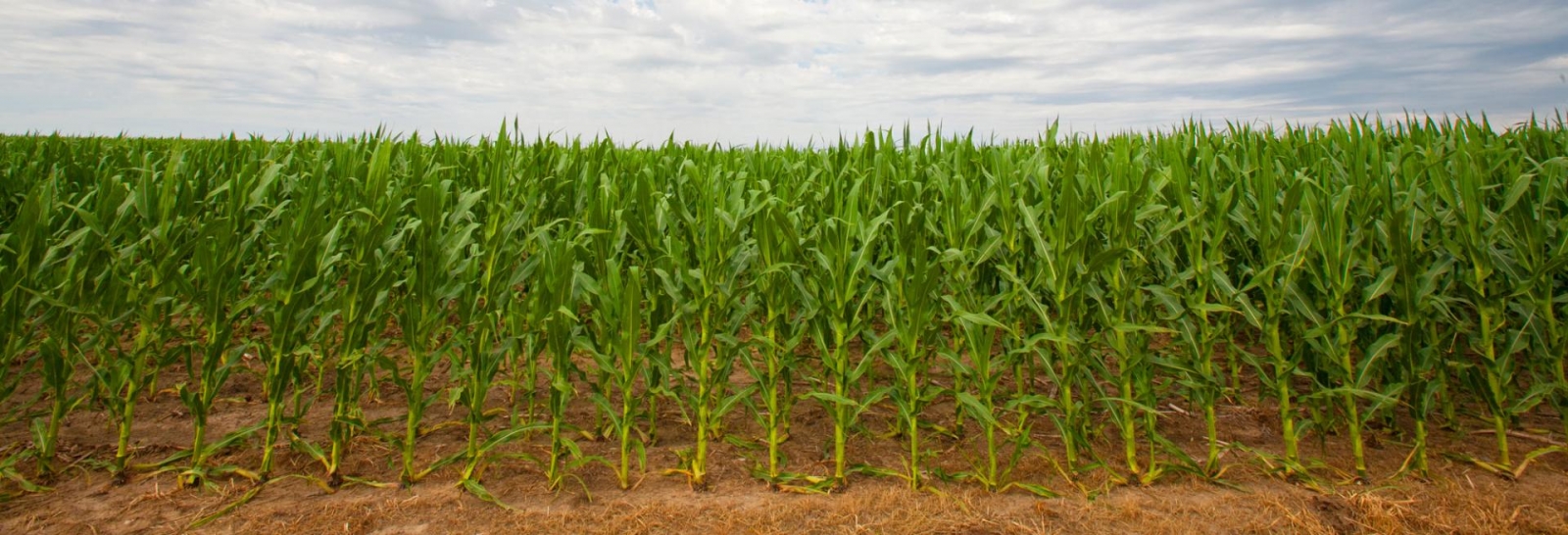Fall Grazing Balance
After several dry falls in a row, this year may be shaping up a little differently. With recent rains and cooler weather, cool-season pastures like brome, bluegrass and fescue could put on some extra growth. That’s good news — but it also raises the question: do we graze it now or save it for later?
Grazing now can ease feed pressure and provide high-quality forage before crop residues open up. Stockpiling, on the other hand, sets up feed for late fall or winter and cuts down on hay use.
But remember — fall is when grasses rebuild root reserves and set buds for next spring. After repeated drought stress, some pastures could use extra rest. If you’ve been battling pasture weeds, that’s a red flag that recovery time is needed.
If you do graze, rotate quickly and leave at least four inches of stubble on cool-season grasses. Overgrazing now can slow green-up next spring. While stockpiling uses forage later when plants are already dormant some quality is sacrificed.
Fertility also plays an important role. While the window for nitrogen application is nearly closed, a small application now with moisture can still provide a small boost of growth. Phosphorus and potassium don’t add fall yield, but they support root health, stand persistence and winter survival.
This fall may offer a rare opportunity for extra grazing. Managing it wisely can fill feed gaps today without sacrificing productivity next year.
Fall Thistle Control
Did you spray thistles this past spring and summer? If so, it would be a good idea to revisit those areas as there are likely some remaining or new growth that has occurred. Late September through early November is a key time to control thistles in pastures and hayland.
There are several biennial thistles, but musk, plumeless, Scotch and bull thistles are our most problematic. Biennials require portions of two growing seasons to flower/reproduce. They develop from seed the first season into a flat rosette. When trying to control biennial thistles, destruction of rosettes prior to flowering (bolting) is an effective means of preventing seed formation and subsequent spread.
Another thistle to look out for is Canada thistle. Canada thistle is a creeping perennial that can be controlled with fall spraying, in conjunction with other management options in the spring.
While in the rosette stage, thistles are more effectively controlled using herbicides. It is important to note that fall spraying of thistles is not a silver bullet and effective control often needs repeated applications. It will take several years of timely control before the soil seed bank is reduced. There are many herbicides labeled for thistle control. Take care when purchasing products and always read/follow label directions before use.
GrazonNext® HL, Milestone®, Chaparral®, Graslan® L, Stinger®, Overdrive®, and Tordon 22K® are all products that are labeled for use on biennial thistles as well as Canada thistle. 2,4-D mixed with dicamba is also an effective option but should be sprayed when temperatures are warmer for the highest efficacy. When using Tordon 22K® or Graslan® L, both products are restricted use and contain picloram. Use extreme caution around other vegetation, especially trees, as both products will kill woody plants.
Timing Last Alfalfa Harvest with GDD
Allowing for alfalfa to winterize before dormancy is a key factor preventing winter kill across a stand. Traditionally, my recommendation has been to time the last cutting for roughly six weeks before the first frost.
While this general guideline has proven its worth over the years, many producers would love to have a bit more accurate method to time last cuttings. One way to narrow the no-harvest window down is by utilizing growing degree days (GDD). Work from Dr. Dan Undersander with the University of Wisconsin calculated winterkill risk looking at GDD at a base 41°F accumulating until a killing frost of 24°F. The two GDD levels of importance for alfalfa stands were 500 and 200.
By providing at least 500 base 41°F GDD after harvest, research trials showed that there was sufficient time for alfalfa to winterize. If harvest occurred with under 200 GDD left, alfalfa plants did not have sufficient time to regrow and deplete carbohydrate reserves to a level that would negatively impact winterization.
While other factors — like ground cover and stress of the stand over the course of the year — need to factor into the decision for a late cutting, this gives us a more accurate calendar point to shoot for if forage is needed. We also need to keep in mind that late cuttings may have a difficult time drying down in a timely fashion.
Most of the state is right at the edge of our 500 GDD threshold. To decide where you stand, the High Plains RCC CLIMOD can be used to look at past years GDD. Using accumulated 41 GDD for past years and your expected first freeze dates, we can avoid the 500-200 GDD no harvest zone and plan a late alfalfa cutting if needed.

